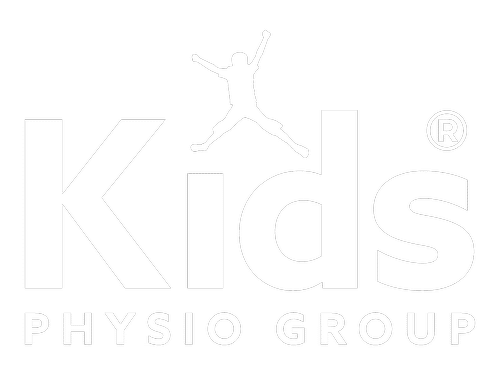OUR VISION
WHAT WE DO
At Kids Physio, our team specializes in the assessment, diagnosis, and treatment of various paediatric conditions that affect movement and motor skills. We have extensive experience working with children of all ages with neurological disorders, developmental disabilities and delays, sports-related injuries, and musculoskeletal conditions. Our goal is to help children gain strength, confidence and abilities to reach their full potential.

